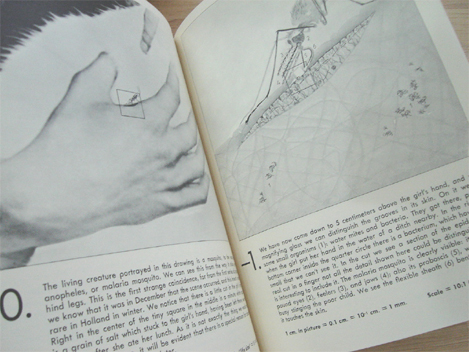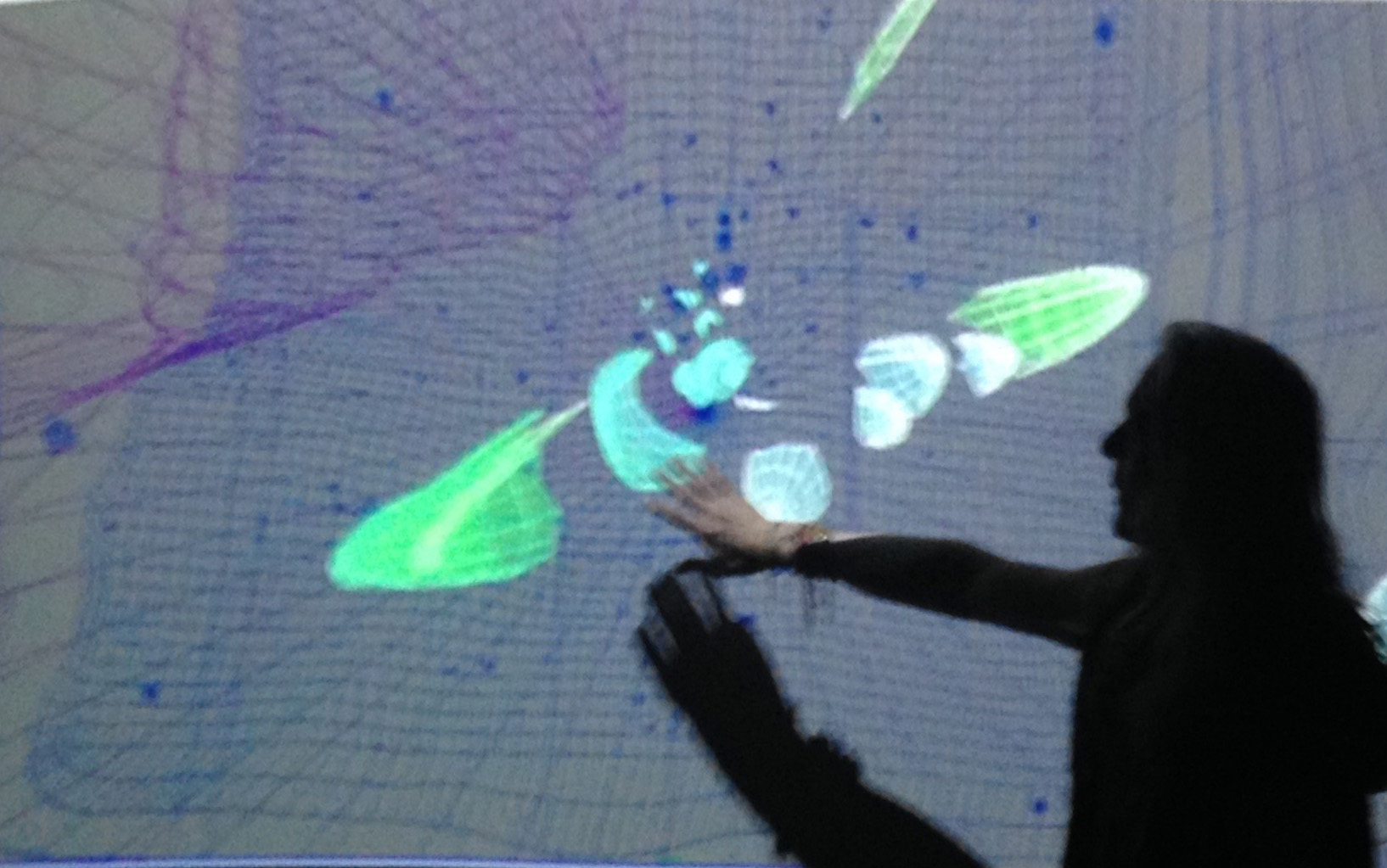


- #Cosmic view the universe in forty jumps full
- #Cosmic view the universe in forty jumps software
“We asked ourselves, ‘how do you provide that experience ?’” said Hanson. The scientists were inspired by a film called “Powers of Ten” by Eames and Eames, which itself was based on the 1957 children’s book Cosmic View: The Universe in Forty Jumps by Boeke. © 2006 IEEE.īecause a normal “zoom” feature would take an impractical amount of time due to the vast precision required, Fu and Hanson used a new approach: power-scaled coordinates (PSC).
#Cosmic view the universe in forty jumps software
1963, volume 8, pp.Hanson and Fu designed their software by extending the powers-of-ten framework, shown for common objects in this table. Gateway to the Great Books, edited by Robert Maynard Hutchins and Mortimer Adler, Encyclopædia Britannica Inc.It is also the basis of the interactive iOS app Cosmic Eye (2012), whose developer has also made a three-minute video from it, also called Cosmic Eye (2012, re-released 2018).
 The IMAX film Cosmic Voyage (1996) produced for the Smithsonian Institution's National Air and Space Museum. Powers of Ten (1968, re-released 1977) by Charles and Ray Eames. Cosmic Zoom (1968) produced by the National Film Board of Canada. The graphics that show ever greater areas of the Earth, for instance, are interesting precursors to the satellite photos now available on the Internet.īoeke's essay/book is recognized in the credits of three short documentary films: Many of the graphics are impressive realizations of the differences in size that lie hidden from our normal view. In his voyage into the smaller realms of reality, he includes an Anopheles mosquito that looks like a creature from a fifties science fiction film movie.īoeke's book attracted much attention and was included in Mortimer Adler's Gateway to the Great Books (1963) series. He puts a blue whale into his graphics, incongruously lying alongside the girl and her cat, to give an idea of relative sizes. In his conclusion Boeke speculates that the imaginary voyage depicted may help "just a little" to make mankind realize the enormousness of the cosmic powers that the human race has begun to master.īoeke injected some humor into the book. The ordinary photograph of a schoolgirl and a cat proves to be the starting point for an insightful visit to levels of reality that can only be imagined, and about which little may be known. The result is a voyage outward and inward from the familiar human scale.
The IMAX film Cosmic Voyage (1996) produced for the Smithsonian Institution's National Air and Space Museum. Powers of Ten (1968, re-released 1977) by Charles and Ray Eames. Cosmic Zoom (1968) produced by the National Film Board of Canada. The graphics that show ever greater areas of the Earth, for instance, are interesting precursors to the satellite photos now available on the Internet.īoeke's essay/book is recognized in the credits of three short documentary films: Many of the graphics are impressive realizations of the differences in size that lie hidden from our normal view. In his voyage into the smaller realms of reality, he includes an Anopheles mosquito that looks like a creature from a fifties science fiction film movie.īoeke's book attracted much attention and was included in Mortimer Adler's Gateway to the Great Books (1963) series. He puts a blue whale into his graphics, incongruously lying alongside the girl and her cat, to give an idea of relative sizes. In his conclusion Boeke speculates that the imaginary voyage depicted may help "just a little" to make mankind realize the enormousness of the cosmic powers that the human race has begun to master.īoeke injected some humor into the book. The ordinary photograph of a schoolgirl and a cat proves to be the starting point for an insightful visit to levels of reality that can only be imagined, and about which little may be known. The result is a voyage outward and inward from the familiar human scale. #Cosmic view the universe in forty jumps full
Boeke then writes that he realized the reverse process-creating graphics of tinier and tinier bits of reality-would reveal a world "as full of marvels" as the most gigantic reaches of outer space. The idea was to draw pictures that would include ever-growing areas of space, to show how the Earth is located in an unfathomably enormous universe. In his introduction Boeke says the work originated with a school project at his Werkplaats Children's Community in Bilthoven.







 0 kommentar(er)
0 kommentar(er)
